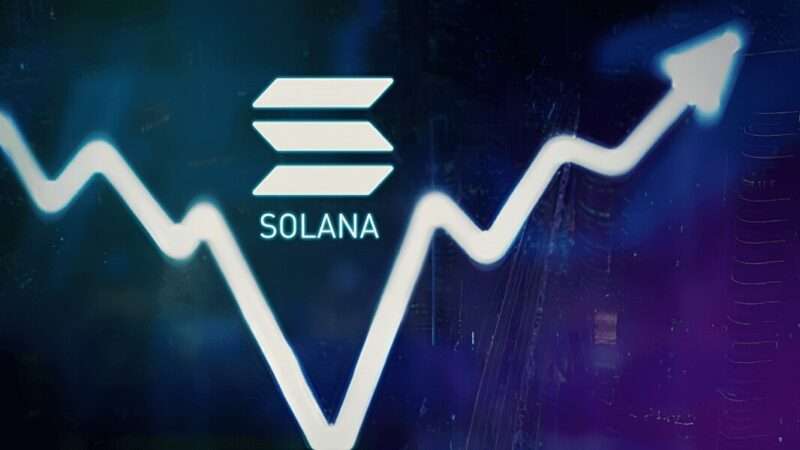Things Need to Know About the Verification of Documents

Verification of documents is performed to measure the validity of the customers; this is the best way to check the client’s authenticity. It begins with the collection of papers and ends with the user’s registration. Only legal persons can associate with the organization; a person’s verification is immediately rejected if any illegal activity is detected. When the company uploads the client’s data, the previously stored information of the user in the government’s database also pops up. The system in the backend compares the templates, and if both are the same, the person is valid; otherwise, the individual is rejected.
Document Verification for the KYC of the Customers
Document fraud are controlled by the biometric system; for this purpose, the Know Your Customer (KYC) is done, and that action is performed to check the validity of the client. Verification of documents is the feature of the biometric system, as multiple steps are involved in it, so that the system’s security is enhanced. The clients submit their government-issued identity cards, bank statements, and residential addresses; the system at the backend ensures that the papers are valid. The hackers can’t bypass the authentication as they must go through many steps so they can not deceive the solution.
Why do Companies Need Proof of Identity Documents?
The following reasons have enhanced the importance of document validation:
- In this modern era, advanced technology is significant, as these solutions are reliable and accurate. The individuals can rely on them because of their effectiveness and swift speed; the whole user authentication is done in seconds.
- These solutions perform accurate verification, and the identity of the user is measured correctly. Financial institutes especially use this because they contain a very high cyber crime rate; therefore they onboard their clients after proper document checks.
- The compliance with the KYC is crucial, as the regulatory authorities has made it mandatory for the companies to follow the guidelines of the anti money laundering regulations. These rules are for the success of the organization, as if the company’s interests are secured, then they are safeguarded against cyber crime.
- These solutions are very swift, and the entire task is done in seconds, clients just have to face the camera. They preserve the precious time of the companies and clients
Different between latest and Traditional Verification?
- The conventional ways were very time consuming, as the operator had to perform the whole task, from collecting data to verifying the users, the entire task was done by manuals. Secondly individuals can not completely rely on these solutions as the employee can sometimes misinterpret the data and record wrong information. There is a probability that the employee can verify the illegal client. But the latest ways of authentication do not commit mistakes, they can only allow legal people to affiliate with the company.
- Other than this employees are unable to handle large amounts of data but the biometric means are customizable, they adapt to the changes in the environment. If the size of the company is large and they are dealing with large data, then the artificial intelligence tools can easily manage the whole information. The functioning of the companies is also enhanced, less labor work is required. The organization can hire less number of operators in this way, they have to pay less salary, so the company’s expenditures can be reduced. The survival of the businesses without the implementation of the technology is not possible because it gives the companies competitive advantage.
- The organizations can even detect the fraudulent activities, face recognition technology can also be used for this purpose. The usage of voice recognition systems is proliferating; in 2020, its market was $10 billion, and expected to reach $50 billion in 2029. The traditional ways were unable to detect the crimes, therefore they face cyber frauds. Organizations perform client due diligence to measure the risk rate of their customers, when the risk is known then the company can take the measures accordingly. Businesses make their strategies related to the risk rate of their users. In this way companies can mitigate fraudulent activities, money laundering and data breaches.
Conclusion
Companies can imply document verification to preserve their users’ identity, as biometric solutions use advanced artificial intelligence. These solutions are error-free and save the organizations’ time; the companies’ valuable resources are also preserved through it. The clients prefer quick verifications, which are simple and time-saving; therefore, they choose the company that integrates the biometrics. The business must integrate these solutions, as it will aid in increasing the revenue and rank of the company. The solutions are so advanced that they immediately detect identity document forgery and report the respective authorities.






